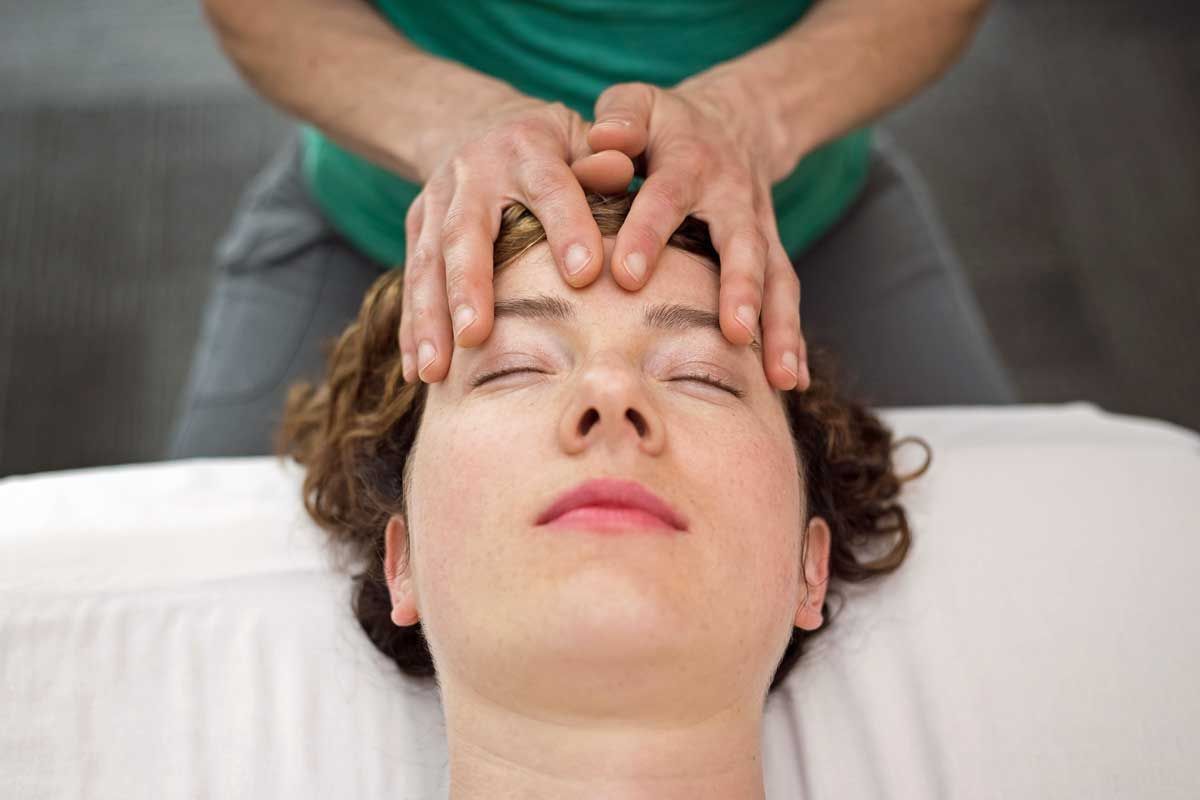Floating for Anxiety, Depression and PTSD
New Anxiety, depression and PTSD are some of the most common mental health issues affecting people today.
Right now, about 40 million adults in the U.S. suffer from anxiety disorders. These people are three to five times more likely to go to the doctor, and six times more likely to be hospitalized, than those who don’t suffer from these disorders.
Until now, there were very few ways to treat anxiety, depression and PTSD. While medications can help, only 36 percent of people suffering from these disorders receive treatment.
Luckily, there’s another option. Floatation, while relatively new to the world of mental health and wellness, has the potential to alleviate anxiety symptoms and help people affected by PTSD or depression live happy, healthy lives.
Here’s what you need to know about flotation, and how it can alleviate the troubling symptoms associated with anxiety, depression and PTSD.
How Floating Works
The idea of floating is pretty straightforward: you walk into a room and come face-to-face with a large tank filled with about 1,200 pounds of Epsom salt and heated to the same temperature as your body. When you slip in, you float without tensing a single muscle in the body.
When you’re in the tank, your eyes are closed and the lights are turned off. This creates a unique sensory deprivation experience wherein your body has permission to relax fully, and your brain can take a much-needed break.
Studies have shown that even a brief spell of floating can be as restful as a long nap, and that people who float experience feelings of calmness and well-being throughout.
Floating and Anxiety
People who suffer from anxiety and depression tend to have increased levels of the stress hormone cortisol. Floating, however, helps increase the functionality of the parasympathetic system and decrease cortisol levels.
Over time, floating can provide an essential form of rest for the body and brain, and help people access a calmer and more resilient headspace.
While scientists are still studying how floatation creates the effects it does, it’s obvious that floatation has demonstrable effects on people with stress disorders, and that even an hour of floatation a week can promote better sleep, fewer flashbacks and decreased levels of anxiety.
It’s largely because of these positive effects that floatation is increasing in popularity. In 2011, there were only 85 float centers in the United States. Today, however, there are more than 250 float centers throughout the country.
The Results of Floating
Justin Feinstein is a Clinical Neuropsychologist at LIBR Float Clinic & Research Center.
Recently, his lab conducted a study designed to evaluate the effects floating has on the human brain.
Participants in this clinical study report significant reductions in stress, muscle tension, pain, depression and negative feelings, accompanied by a significant improvement in mood characterized by increases in serenity, relaxation, happiness and overall well-being.
Float Your Way to Better Health
If you suffer from anxiety or an anxiety disorder, floating could put you on the way to wellness. While floating can’t eliminate all of your symptoms, it’s a powerful tool when used in concert with other approaches, like talk therapy, meditation and diet changes.
If you’ve got questions about the benefits of flotation,
contact the team
here at Still Life Massage and Float. We’re here to provide you with more information and help you float (or massage) your way to wellness.




